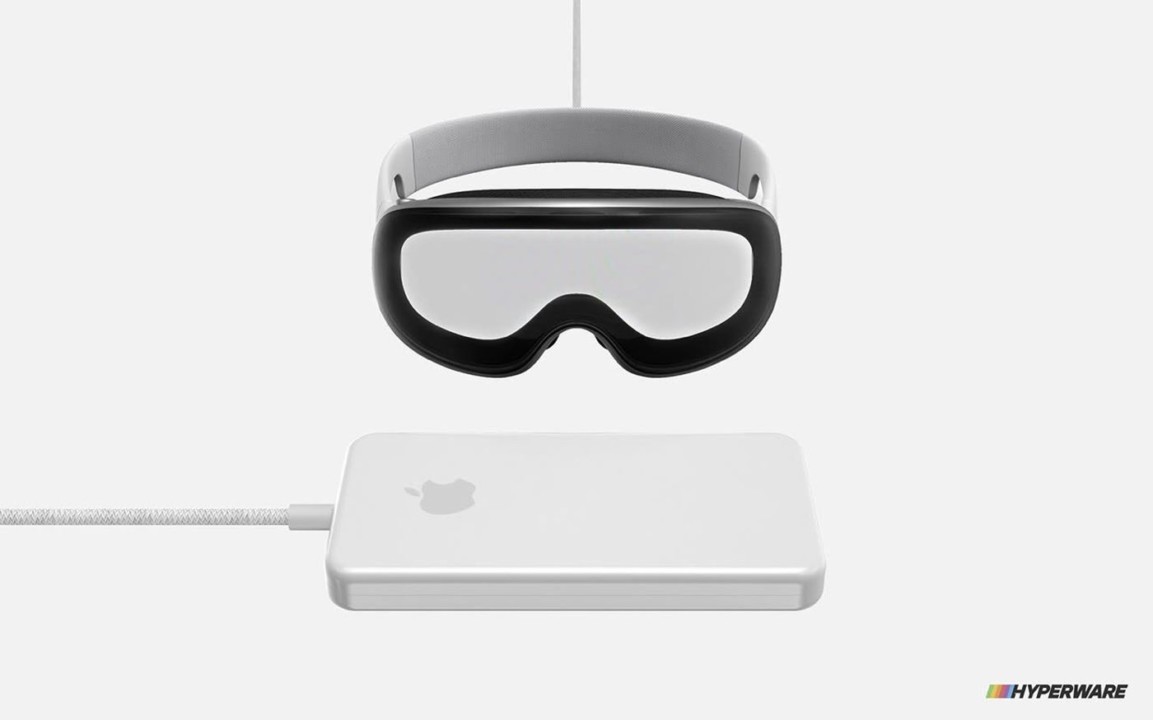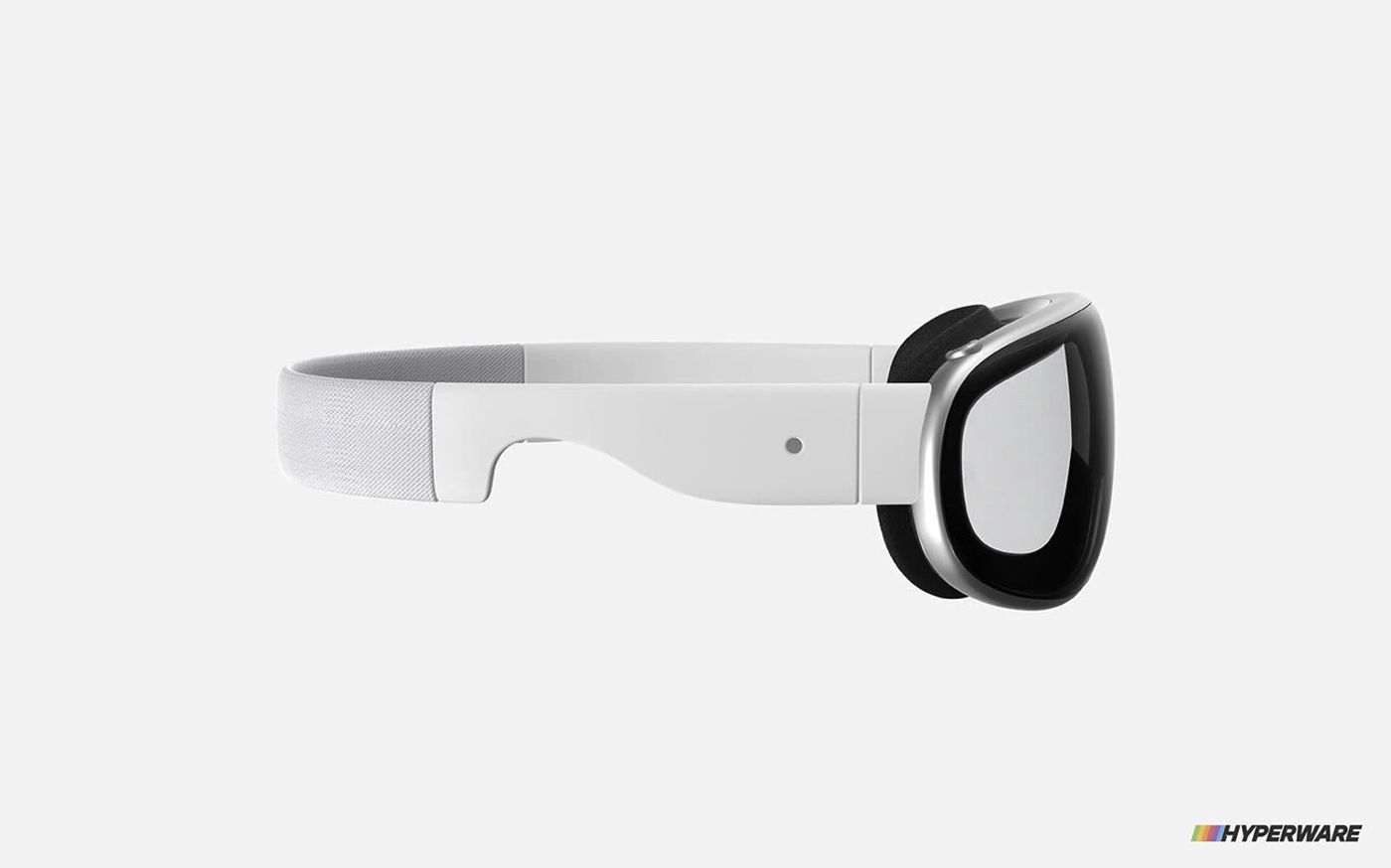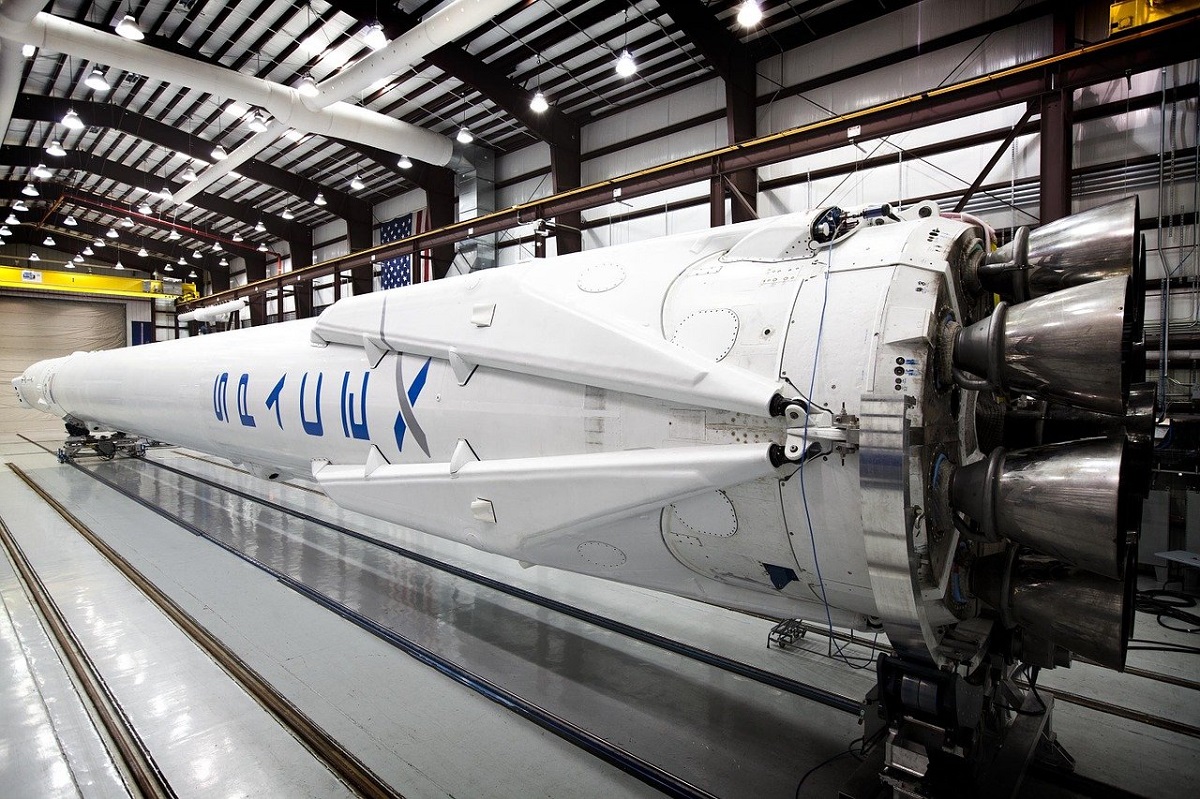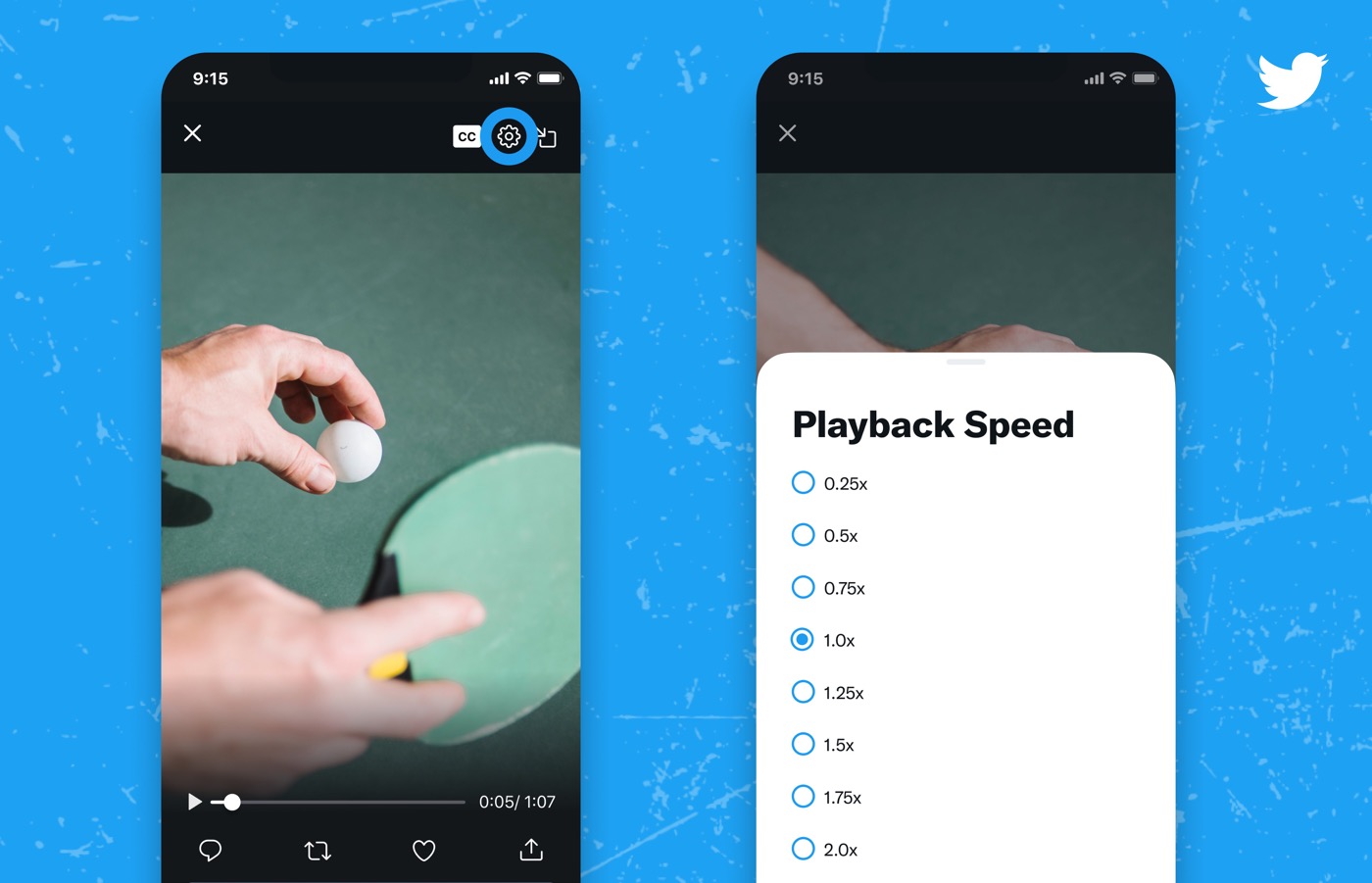The Reality Pro and the Meta Quest 3 will have two things in common
Apple will unveil the Reality Proits first XR headset, on June 5, an announcement that will precede the presentation of the Meta Quest 3the XR headset from the current VR/AR market leader, Meta. Even though we already know that the two products will be available at both price ends and that the Reality Pro specs should push those of the Meta Quest 3 to a large extent, indiscretions from Mark Gurman, the tech journalist for Bloomberg, leave hear that the two devices will have at least two characteristics in common, beyond the simple fact of being XR helmets.
Gurman was indeed able to try an advanced version of the Meta Quest 3, and can thus confirm that the latter will be much thinner and lighter than its predecessor, which is also a supposed characteristic of the Reality Pro: “The device, codenamed Eureka, seems much lighter and thinner than the 2020 Quest 2” assures Gurman. The finesse of the Quest 3 would be mainly due to the use of Pancake lenses, types of optics also announced on the Reality Pro!

The other point in common concerns the function pass-throughwhich allows you to see the environment around you and display the elements in AR: “The front of the device is new. Instead of a bland-looking gray bezel, the latter features three vertical pill-shaped sensor zones on the front. The left and right “pills” each include a pass-through color video camera as well as a standard camera. This means there will be two color cameras versus just a black and white camera on the Quest 2. The middle pill includes a depth sensor, a first for a Quest […] » These rather high-end characteristics (and surprising for a device announced at 500 dollars) are a priori very close to those of the Reality Pro. The depth sensor of the Meta Quest 3 could well be a LiDAR, a type of sensor that would again be “planned” on the Apple helmet.
The journalist does not make any specific comments regarding the display inside the helmet (in VR mode), which suggests that the device should not gain much in rendering finesse. It is above all on this point that the Reality Pro should largely stand out from the Meta Quest 3, thanks to two 4K micro OLED screens, but also thanks to its two integrated M2 processors which will easily allow you to display VR at this definition (well helped by the Foveal rendering function). Let’s not even talk about the services, which should have been the strong point of the Meta Quest, and which are limited to the Meta Store and the Horizon World Metavers which no one wants. The Reality Pro should for its part embark a complete ecosystem from its launch.



